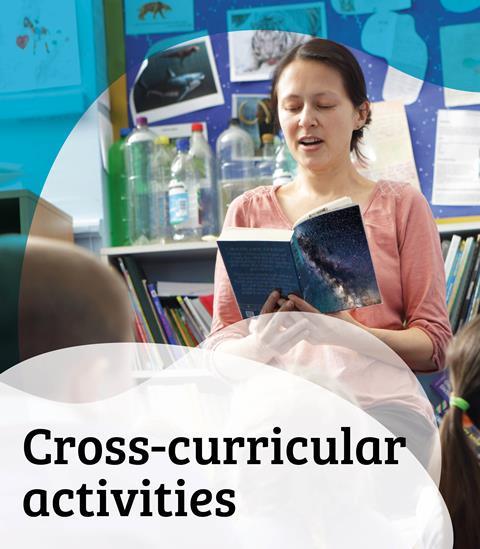The ‘water cycle’ chapter from That’s Chemistry! This chapter looks at key ideas and activities that can be used to help students learn how different liquids evaporate at different rates, and the factors that affect these rates.
These PDFs have been taken from the popular book, That’s Chemistry! compiled by Jan Rees.
This book covers key ideas of physical science that primary students learn about, as well as giving numerous suggestions of activities, demonstrations and investigations that can be used to enhance students’ learning.
If you teach primary science, see the headings below to find out how to use this resource:
Skill development
Children will develop their working scientifically skills by:
- Asking their own questions about scientific phenomena.
- Selecting and planning the most appropriate ways to answer science questions, including:
- Finding things out using a wide range of secondary sources of information.
- Carrying out comparative and fair tests.
- Drawing conclusions and raising further questions that could be investigated, based on their data and observations.
- Using appropriate scientific language and ideas to explain, evaluate and communicate their methods and findings.
- Recording data and results using scientific diagrams and labels, classification keys, tables, scatter graphs, bar and line graphs.
Learning outcomes
Children will:
- Demonstrate that dissolving, mixing and changes of state are reversible changes.
- Identify the part played by evaporation and condensation in the water cycle and associate the rate of evaporation with temperature.
Concepts supported
Children will learn:
- What happens during the water cycle and why.
- What rainfall’s role is in the water cycle.
- What the terms ‘condensation’ and ‘evaporation’ mean in simple terms, and know the factors that can affect them.
- The role plants play in the water cycle.
Suggested activity use
This resource provides a long-term planning tool you can use to map out activities designed to teach children about the water cycle. The resource provides plenty of opportunities for group work, discussions and demonstrations. The concept cartoons enclosed can either be used at the start of the topic or at the end to gauge children’s understanding.
Practical considerations
You will need to look carefully and choose the activities that best fit your teaching sequence.
The different activities will require different resources and equipment, which will need to be sourced prior to the lesson. These resources could include living plants.
Downloads
The water cycle
PDF, Size 11.79 mbBibliography and teachers resources
PDF, Size 2.53 mbConcept cartoons on materials and their properties
PDF, Size 0.67 mb
Websites
That’s Chemistry!

Discover the informative chapters of That’s Chemistry! Each chapter explains a chemistry concept and gives numerous ideas for activites to support students’ learning.
- 1
 Currently
reading
Currently
reading
The water cycle: evaporation and condensation
- 3
- 4
- 5
- 6
- 7
- 8
- 9
- 10
- 11
- 12
- 13





































No comments yet